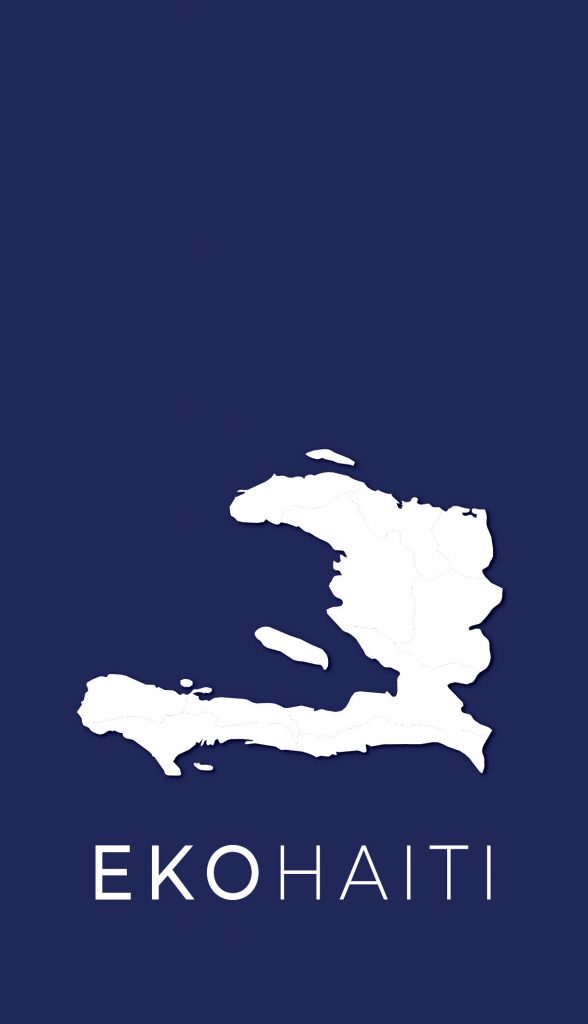This paper was written as part of the Accelerated Microenterprise Advancement Project (AMAP)
Business Development Services Knowledge and Practice (BDS K&P) research initiative. The AMAP
BDS initiative’s major objective is “integrating micro and small enterprises into productive value
chains to create wealth in poor communities.”
The research draws on experience and insights from:
• Interviews with leading handicraft buyers in the United States, the European Union, and the
Caribbean, including importers and retailers currently sourcing from Haiti, those who have done
so in the past, and those who source handmade products from other destinations;
• Interviews with market experts, such as product development consultants, designers, enterprise
development consultants, and marketing specialists who work with handicraft producers in
developing countries;
• Discussions with market experts and USAID at a roundtable conducted in Washington, D.C., on
April 12, 2006; and
• Existing literature on the handicraft market and home accessory industry.
This study provides an overview and analysis of the global market for handicrafts and the key trends
that affect producers in developing countries, with the ultimate objective of offering practical
recommendations for the Haitian handicraft sector. This paper represents Volume I of the Global
Market Assessment for Handicrafts study and includes Chapters I and II. Chapter I covers the global
market for handicrafts and key industry trends and Chapter II focuses on the end-market opportunities
for Haitian products. The document is accompanied by a video: Handmade in Haiti: The Perspective
of Global Buyers, which presents an overview of the U.S. market for handicrafts and buyer
perspectives on Haitian handicraft products.
Volume II of this study (Chapters III–V), to be prepared jointly by DAI and ACDI/VOCA, focuses on
the supply-side constraints to Haitian handicrafts and offers recommendations for the development of
a competitive strategy.








